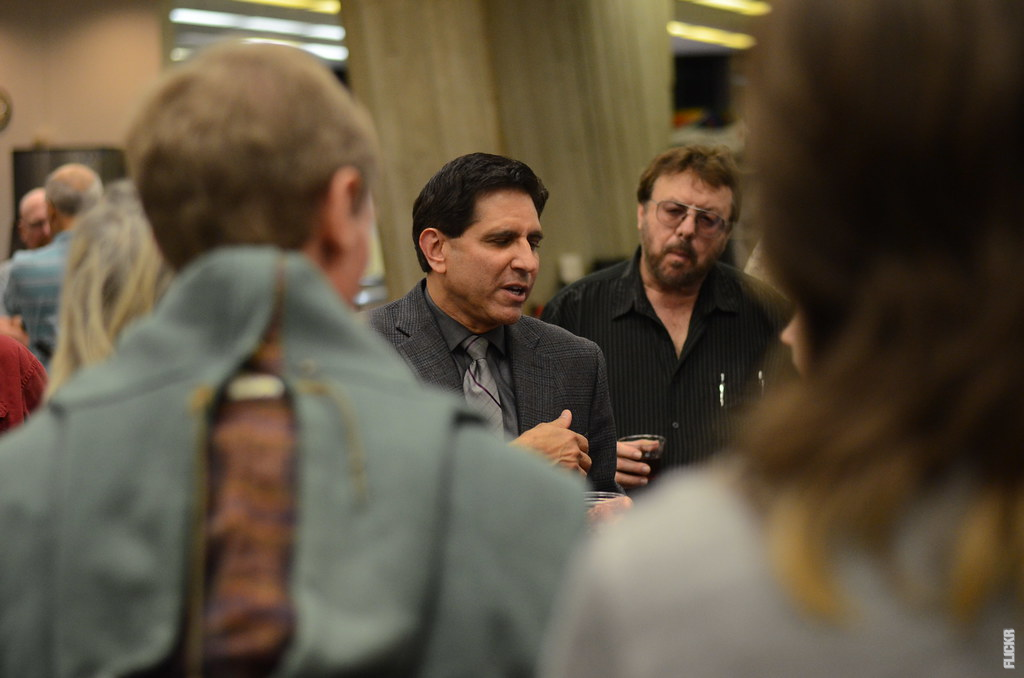The Incredible Complexity of the Central Nervous System
The central nervous system (CNS) is a marvel of nature, consisting of the brain and spinal cord. This intricate network of neurons and supporting cells is responsible for coordinating and controlling all of our bodily functions, thoughts, emotions, and behaviors. Let’s take a closer look at how this extraordinary system operates.
Neurons: The Building Blocks of the CNS
At the core of the CNS are billions of specialized cells called neurons. These remarkable cells communicate with each other through electrical and chemical signals, forming complex networks that transmit information throughout the body. Neurons come in various shapes and sizes, each with a specific function in the overall functioning of the CNS.
Electrical Signaling: The Language of Neurons
Neurons communicate using electrical impulses. When a neuron is stimulated, it generates an electrical signal called an action potential, which travels along its long, slender projection called an axon. These action potentials allow for rapid and efficient transmission of information within the CNS.
Chemical Signaling: The Synaptic Dance
While electrical signaling enables long-distance communication, chemical signaling plays a crucial role in transmitting information between individual neurons. At specialized junctions called synapses, the electrical impulses trigger the release of chemical messengers called neurotransmitters. These neurotransmitters cross the synaptic gap and bind to receptors on the receiving neuron, allowing the signal to continue its journey.
The Brain: The Command Center
The brain, the most complex organ in the human body, is the command center of the CNS. It is divided into various regions, each responsible for specific functions such as sensory perception, motor control, language processing, and emotions. The brain constantly receives and processes information from the sensory organs, integrates it, and orchestrates appropriate responses.
Post
Post
The Spinal Cord: The Information Highway
Running down the back, the spinal cord serves as the main pathway for transmitting signals between the brain and the rest of the body. It relays sensory information from the peripheral nervous system to the brain and carries motor commands from the brain to the muscles and organs. The spinal cord also plays a vital role in reflex actions, allowing for rapid responses to potentially harmful stimuli.
Protection and Support: Guardian Angels
The CNS is delicately protected and supported by various structures. The brain is encased within the skull, safeguarded by cerebrospinal fluid, and shielded by a blood-brain barrier that regulates the entry of substances into the brain. Similarly, the spinal cord is surrounded by protective vertebrae and cushioned by cerebrospinal fluid. Glial cells, often referred to as the support cells of the CNS, provide nourishment, insulation, and structural support to neurons.
The Magic of Plasticity: Adapting and Growing
One of the most astonishing aspects of the CNS is its ability to adapt and change. This phenomenon, known as neuroplasticity, allows the brain and spinal cord to reorganize and form new connections in response to learning, experiences, and injuries. Neuroplasticity plays a vital role in our ability to learn new skills, recover from injuries, and adapt to changing environments.
Unlocking the Mysteries of the CNS
The central nervous system continues to captivate scientists and researchers worldwide. Understanding its intricate workings has the potential to revolutionize medicine, offering new insights into neurological disorders, mental health, and even artificial intelligence. As we delve deeper into the mysteries of the CNS, we uncover the secrets of our own existence and gain a greater appreciation for the marvels of the human brain and spinal cord.



